Meningothelial hyperplasia

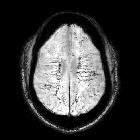





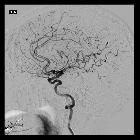







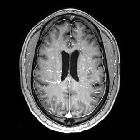
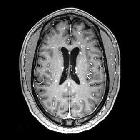
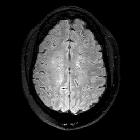


Meningothelial hyperplasia is a poorly defined and likely reactive process characterized by a non-invasive, multicentric proliferation of meningothelial arachnoid cap cells. It is one of the causes of pachymeningeal dural thickening. It is not thought of as a neoplastic process or even a precursor to the development of meningiomas, although some cases are difficult to distinguish from meningioma.
Clinical presentation
In most instances there are no symptoms directly associated with meningothelial hyperplasia, but rather, patients will exhibit symptoms of whatever underlying process is at play. It has been associated with advanced age, chronical renal failure , trauma, hemorrhage, intracranial hypotension, and neoplasia. Generally, there is an increased incidence in older age .
Pathology
Meningothelial hyperplasia is common in autopsy series and consists of multiple foci of meningothelial proliferation. It has been variously defined, with obvious implications for reported prevalence. In one publication, for example, a conservative definition of meningothelial proliferation that reaches a thickness of 10 or more cell layers . Other publications have defined it as consisting of three or more cell layers .
There is an occasional psammoma body present. No mitotic activity is seen within these clusters of layer proliferations which are closely associated with dilated vascular channels. There is no evidence of compression of the channels. Although a few perivascular inflammatory cells are present, these are predominantly T lymphocytes with occasional B cells and plasma cells.
In contrast to classic meningiomas, and supporting the theory that it is reactive rather than neoplastic, there is no evidence of either NF2 or 4.1B gene deletions on FISH (fluorescence in situ hybridization) or Merlin tumor suppressor activity or loss of protein 4.1B expression on immunohistochemistry .
The histological feature that helps distinguish this entity from normal arachnoidal 'cap' cells is the high frequency of PR positivity, which is not seen in normal cells .
Treatment and prognosis
According to the literature review of the few published articles on this topic, the etiology of meningothelial hyperplasia remains idiopathic, with uncertain pathophysiologic triggers and therefore, no definitive treatment.
Siehe auch:

 Assoziationen und Differentialdiagnosen zu meningotheliale Hyperplasie:
Assoziationen und Differentialdiagnosen zu meningotheliale Hyperplasie:


